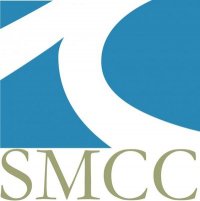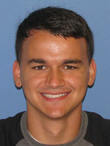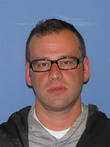Below is a summary of the abstract you submitted. Presenting author(s) is shown in bold.
If any changes need to be made, you can modify the abstract or change the authors.
You can also download a .docx version of this abstract.
If there are any problems, please email Dan at dar78@pitt.edu and he'll take care of them!
This abstract was last modified on May 8, 2017 at 4:23 p.m..

Four strains of marine host bacteria were isolated from the North Atlantic Ocean at coordinates 43°38'47.4"N, 70°13'36.1"W. From these hosts seven separate phage were isolated. Techniques used in experimentation were similar to protocol outlined in the SEA-PHAGES laboratory manual1. Enrichment culture, streak plate isolation, PCR of the 16S rRNA gene, and simple microscopy was used to identify host genera. Four separate host genera were found, three Pseudoaltermonas variants and a strain of Shewanella. Phage were isolated from host strains. Serial dilutions were performed to isolate individual phage based on plaque morphology. Phage lysates were concentrated into medium and higher titer solutions. Phage DNA was extracted, digested, cloned, and PCR amplification of the sequences was performed. Phage samples were examined using transmission electron microscopy. Marine phage were then compared to a previously isolated terrestrial phage, Traft412, to examine morphologic and genetic differences.



